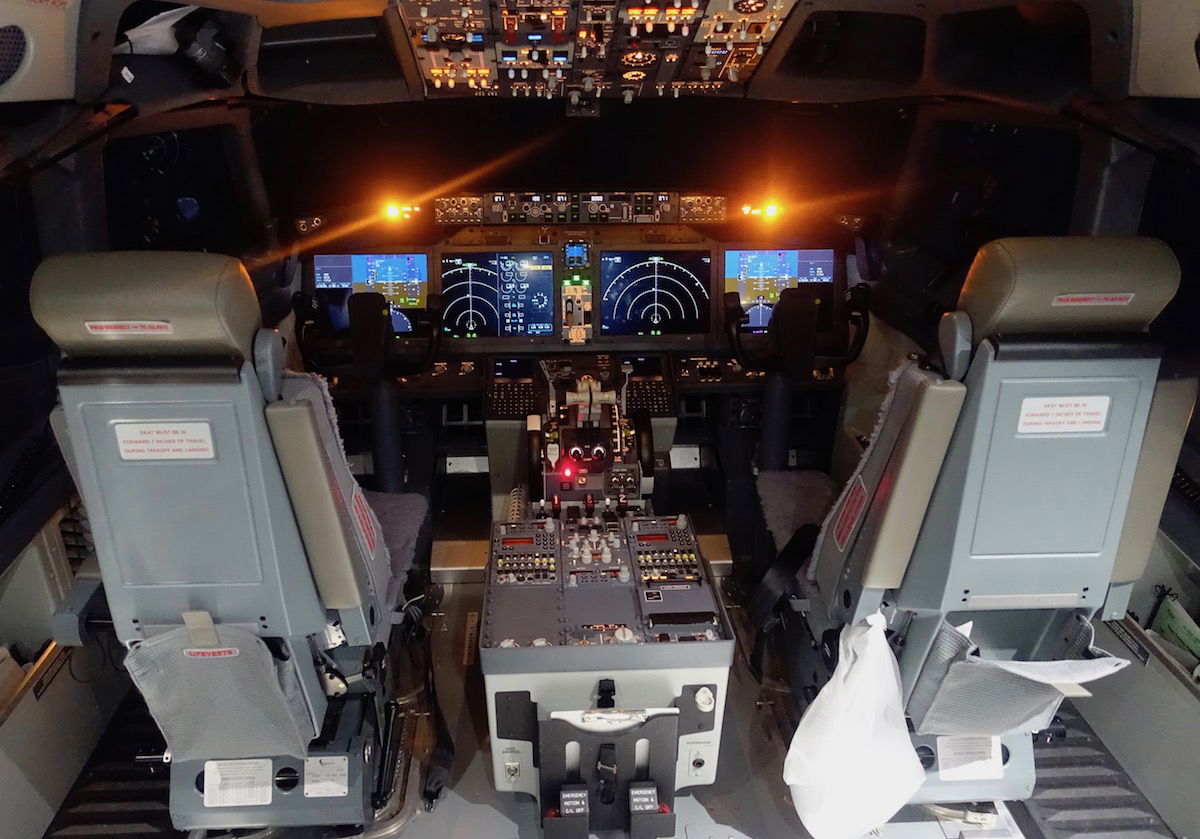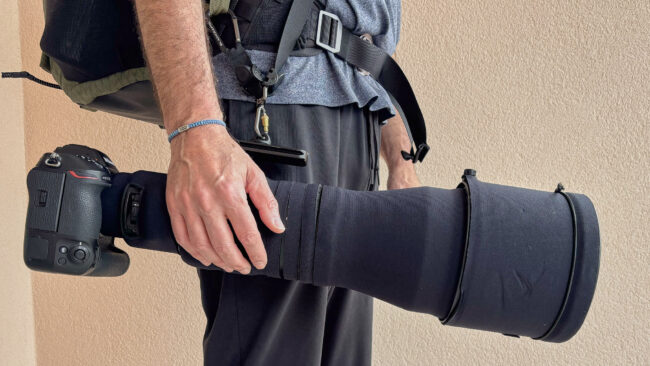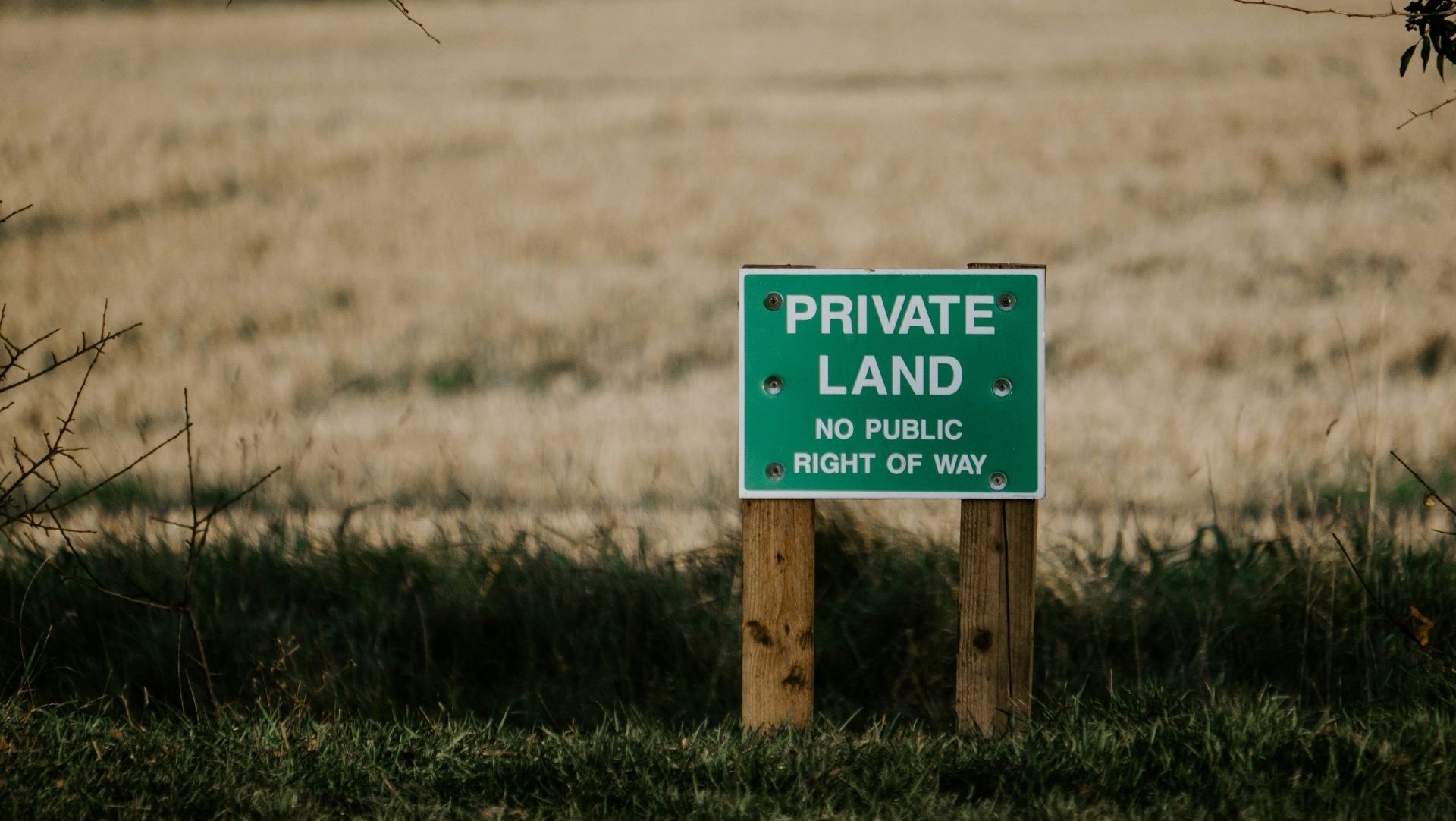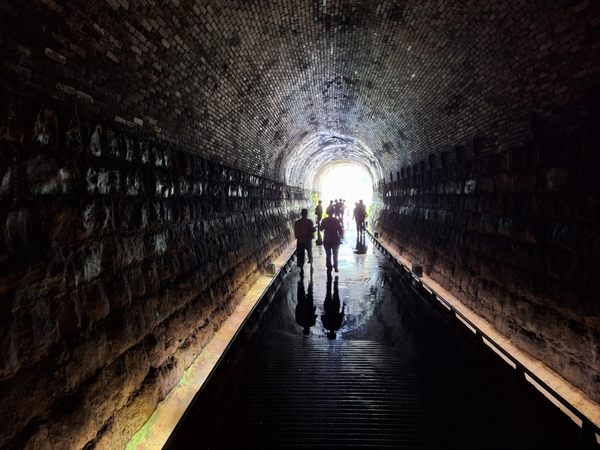Newark ATC Has Multiple Full Radar & Radio Outages: Embarrassing Chaos
In recent days, we’ve heard about problems at Newark International Airport (EWR), whereby flights are experiencing major delays, largely attributed to air traffic control issues. The situation is so bad that United has even slashed nearly 10% of its schedule at the airport for the foreseeable future, in order to minimize operational impacts.

In recent days, we’ve heard about problems at Newark International Airport (EWR), whereby flights are experiencing major delays, largely attributed to air traffic control issues. The situation is so bad that United has even slashed nearly 10% of its schedule at the airport for the foreseeable future, in order to minimize operational impacts.
A couple of days ago, we learned more about how air traffic controllers responsible for the airspace around the airport have suffered multiple full equipment outages, whereby they lost radar and radio contact with pilots. This is one of the main events that triggered the issues that we’ve seen in recent days.
Well, there’s now yet another update, as controllers responsible for the airport experienced another radar and radio failure this morning. This is just so beyond embarrassing and absurd…
Newark ATC loses contact with pilots several times
Shortly before 4AM on Friday, May 9, 2025 (today), there was a telecommunications outage that impacted radio and radar at Philadelphia TRACON Area C, which guides aircraft in and out of Newark Airport. The outage lasted for around 90 seconds. This is only the latest in a string of incidents at the airport, and at least this one happened early in the morning, when traffic was a bit more limited.
A few days ago, we learned about a similar incident that happened on Monday, April 28, 2025. The same center (Philadelphia TRACON Area C) “temporarily lost radar and communications with the aircraft under their control, unable to see, hear, or talk to them,” according to the National Air Traffic Controllers Association (NATCA). It’s believed that the full outage also lasted for around 90 seconds, but it took a lot longer than that to recover.
If you’re curious what these outages are like, VASAviation has an excellent video with air traffic control audio from one of these incidents. It’s really shocking to hear this audio, with pilots in some of the busiest airspace in the world suddenly being on their own. Huge kudos to the controllers and the pilots for how professionally they handled this situation.
What’s wild is that this has happened several times now. According to air traffic controllers, this has happened eight or nine times in recent months, and that was before today’s incident.
The Federal Aviation Administration (FAA) even acknowledges that several controllers “have taken time off to recover from the stress of multiple recent outages,” further exacerbating the controller shortage. NATCA clarified that workers have been taking time off work under the Federal Employees’ Compensation Act, which “covers all federal employees that are physically injured or experience a traumatic event on the job.”
The FAA also states that “our antiquated air traffic control system is affecting our workforce,” and that they are “working to ensure the current telecommunications equipment is more reliable in the New York area by establishing a more resilient and redundant configuration with the local exchange carriers.”
FAA pledges to upgrade technology going forward
While there’s a lot of work to be done for Newark Airport to be fully functional and reliable again, the FAA has shared the steps that it’s taking to at least prevent these full outages in the future. The FAA acknowledges that airport issues stem from both airport runway construction, as well as staffing and technology issues.
When it comes to technology issues, the FAA claims to be taking immediate steps to improve the reliability of operations, including accelerating technological and logistical improvements, and increasing air traffic controller staffing.
The FAA explains that the system that processes radar data for Newark is based in New York, and is called STARS. Telecommunications lines feed this data from New York to the Philadelphia TRACON, where controllers handle Newark arrivals and departures. So the following actions are being taken:
- Adding three new, high bandwidth telecommunications connections between the New York-based STARS and the Philadelphia TRACON, which will provide more speed, reliability, and redundancy
- Replacing copper telecommunications connections with updated fiberoptic technology that also have greater bandwidth and speed
- Deploying a temporary backup system to the Philadelphia TRACON that will provide redundancy during the switch to a more reliable fiberoptic network
- Establishing a STARS hub at the Philadelphia TRACON so that the facility does not depend on a telecommunications feed from the New York STARS hub
Yesterday, we saw President Trump and Transportation Secretary Duffy outline plans to modernize our air traffic control system, and make it “the envy of the world.” They claim that all of these updates will happen by 2028, but so far all we have is promises, so let’s see how that actually goes.
With all these outages, is flying to Newark safe?
It sounds like we’ve now had about 10 incidents in recent weeks where air traffic controllers responsible for Newark have lost radar and radio contact with pilots. That is obviously very concerning. As passengers, should we be worried about flying there? Here’s my take…
I think everyone can agree that these outages cut into the safety margins that make our skies so safe. The concept of controllers fully losing contact with pilots for periods of 90 seconds is not ideal, especially if it’s during busy periods. I imagine that this also adds to the general stress controllers deal with, and contributes to further delays.
Now, is it “unsafe” to fly to Newark? Airplanes have all kinds of redundant systems in place, like TCAS, which are supposed to help avoid collisions (though doesn’t always prevent disaster, especially at low altitudes, as we learned at DCA in January).
If you ask me, flying to Newark is still safer than your drive from the airport to whatever your final destination is. That being said, it’s certainly alarming to see that this seems to be an ongoing issue, with no immediate solution.

Bottom line
Newark Airport is a bit of a mess right now, for a variety of reasons. Not the least of the issues is that air traffic controllers for the airspace are having frequent outages, whereby they’re losing both radar and radio contact with pilots for periods of around 90 seconds.
The issues at Newark perfectly encapsulate the government’s neglect of our air traffic control system for far too long. We’re not talking about one, or two, or even three, administrations, but rather over decades. It’s quite sad that this is how bad things have become. If there’s any silver lining, I hope that the situation has finally gotten so bad that the government has no choice but to take action.
What do you make of this Newark ATC failure?























































































.jpg?width=1920&height=1920&fit=bounds&quality=70&format=jpg&auto=webp#)







































































































































































